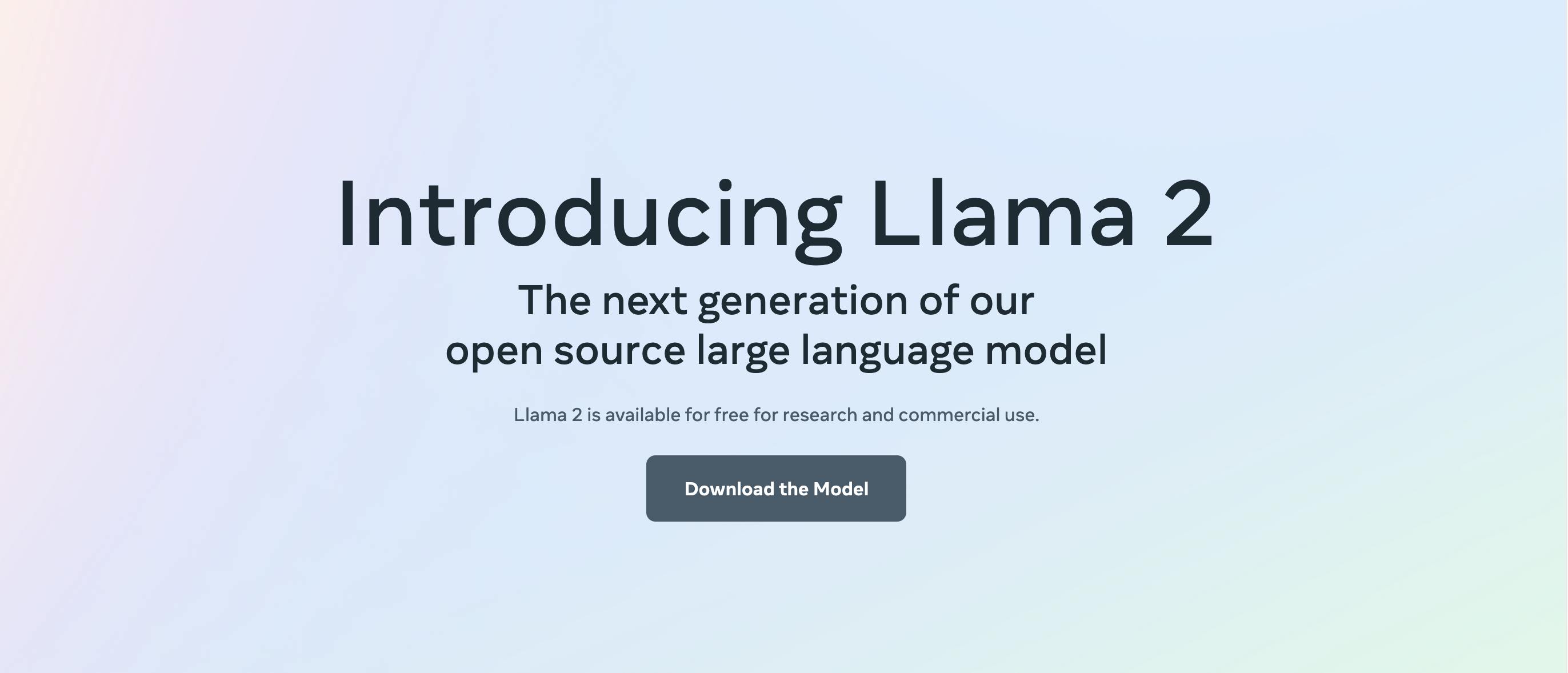LLaMA 2, Meta’s latest release for its language model innovation. Its claim to be an open-source tool has both intrigued and puzzled tech enthusiasts. Meta has introduced LLaMA 2 with much fanfare, positioning it as the next big thing in open-source AI. However, the Open Source Initiative (OSI) suggests that LLaMA 2 may not fully align with the established criteria of open-source software.
As artificial intelligence advances rapidly, outgrowing old definitions and frameworks, there’s a growing need to reassess our understanding of open-source in this dynamic context. Understanding the intricacies of open-source licensing is crucial, especially in AI. The complexity of these issues demands attention for legal clarity and innovation.
Open Source or Open Innovation?
Amid skepticism, Meta promotes LLaMA 2 as a model of ‘open innovation,’ sharing certain elements to foster innovation while keeping other parts proprietary. This approach raises questions: are they leveraging trendy concepts, or is there a substantial strategy behind their approach? The debate around LLaMA 2 forms part of a larger conversation about the meaning of open source in AI, an evolving discussion with diverse opinions and implications for the future of technology.
Meta’s stance on LLaMA 2 could potentially redefine the rules for open-source projects, prompting a significant shift in community dynamics and collaborative efforts. The case of LLaMA 2 raises important questions about the nature of open source and innovation in AI. As the field grows and changes, so too may our perceptions and standards. We’re committed to keeping you informed and part of the conversation as it unfolds. Stay engaged and let’s navigate these developments together.
My personal suggestion for enterprises considering LLaMA 2 for training custom language models is to exercise caution. Given the complexities and the evolving nature of open-source definitions in AI, it’s a bit risky to commit to LLaMA 2 without fully understanding the implications. Fortunately, the AI community offers other models that are equally capable. Exploring these alternatives could be a wise move. Of course, delving into these options is a topic for another day, isn’t it? ✌️❤️
